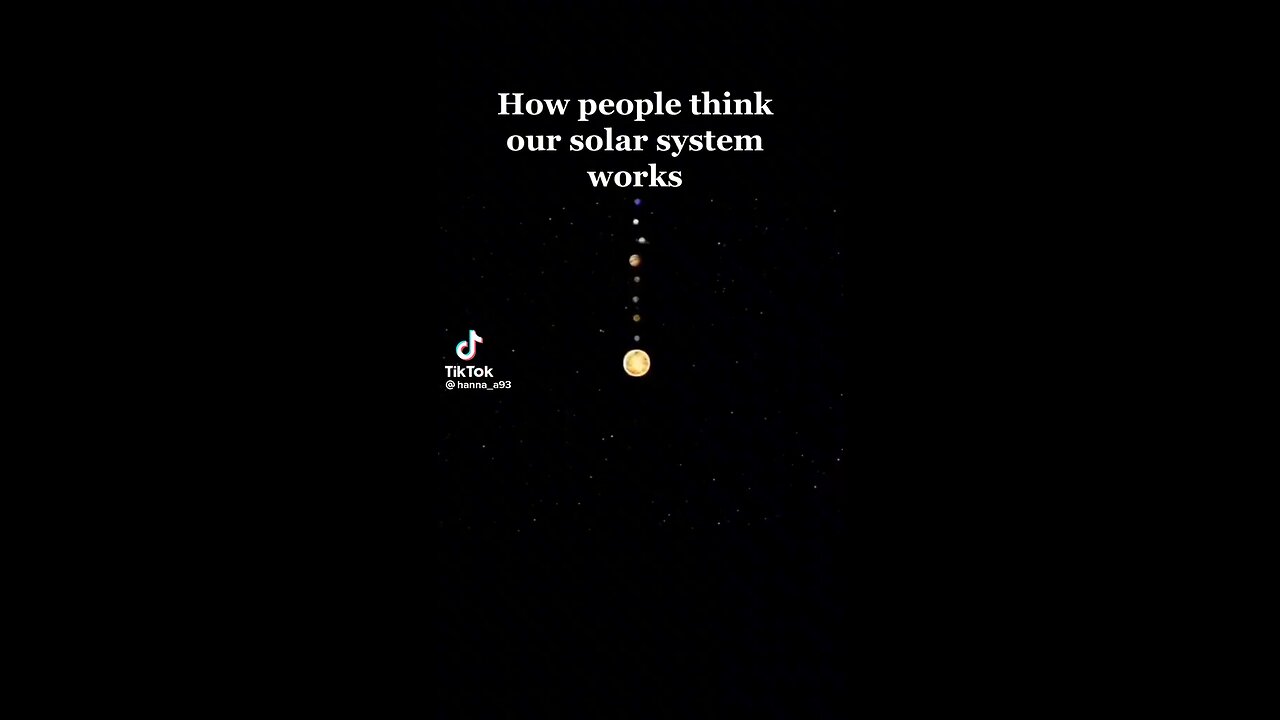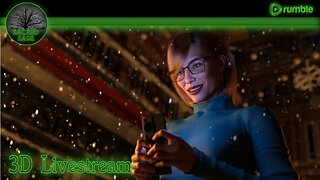Premium Only Content

You have been lied! How actually solar system work
The solar system is a complex system consisting of a central star, the Sun, and all the celestial bodies that orbit around it. These celestial bodies include planets, moons, asteroids, comets, and other small objects.
The Sun is the most massive object in the solar system and provides energy to all the other bodies in the system. The planets orbit around the Sun in elliptical paths, which means that their distance from the Sun varies as they move in their orbits. The eight planets in our solar system are Mercury, Venus, Earth, Mars, Jupiter, Saturn, Uranus, and Neptune.
Each planet has its own unique set of characteristics, such as size, composition, and atmosphere. The inner planets, Mercury, Venus, Earth, and Mars, are small, rocky, and close to the Sun. The outer planets, Jupiter, Saturn, Uranus, and Neptune, are larger, gaseous, and farther away from the Sun.
In addition to the planets, the solar system also contains numerous moons that orbit around the planets. These moons come in different sizes and shapes and have their own distinct characteristics.
There are also small objects such as asteroids and comets that orbit around the Sun. Asteroids are rocky objects that are smaller than planets, and comets are icy objects that are made up of gas, dust, and rock.
The solar system is held together by gravity, which is the force that attracts all objects towards each other. The Sun's gravity keeps all the planets and other objects in orbit around it, while the gravity of the planets affects the orbits of their moons and other objects.
Overall, the solar system is a complex and dynamic system that has fascinated astronomers and scientists for centuries, and continues to be studied and explored to this day.
-
 13:52
13:52
Hershberger's Kitchen
12 hours agoTwo Delicious Dip and Spread Recipes to Try, Inspirational Thought
50 -
 LIVE
LIVE
Sacred Sage
4 hours agoDaz3D: Attempting to Finish Zoe Conversation!
109 watching -
![[Stream #19 ] Gaming, Chatting, you know the drill!](https://1a-1791.com/video/s8/1/9/o/E/e/9oEeu.0kob-small-Stream-Sour-Pickle-100-Foll.jpg) LIVE
LIVE
OneRandomDolly
1 hour ago[Stream #19 ] Gaming, Chatting, you know the drill!
279 watching -
 11:07
11:07
TimcastIRL
1 day agoElon Musk Suggests He’ll BUY MSNBC, Joe Rogan Will REPLACE Rachel Maddow
31K43 -
 34:24
34:24
The Rubin Report
19 hours agoFormer CEO: The Aftermath of Vice Media & What's Next for Mainstream Media | Shane Smith
39.3K7 -
 LIVE
LIVE
tacetmort3m
1 day ago🔴 LIVE - BECOMING THE UNTOUCHABLE (RADIATION WHO?) - STALKER 2 - PART 3
365 watching -
 16:05
16:05
China Uncensored
15 hours agoAnother Car-Ramming Strikes Outside a Chinese School!
4.62K11 -
 9:26
9:26
Dr. Nick Zyrowski
6 hours agoAnti Inflammatory Foods | You MUST Eat These!
2.75K1 -
 15:40
15:40
Bearing
2 hours agoEnd Stage Trump Derangement | Rosie O'Donnell is NOT Doing Well 😬
1.74K34 -
 35:19
35:19
hickok45
5 hours agoSunday Shoot-a-Round # 256
6.08K17